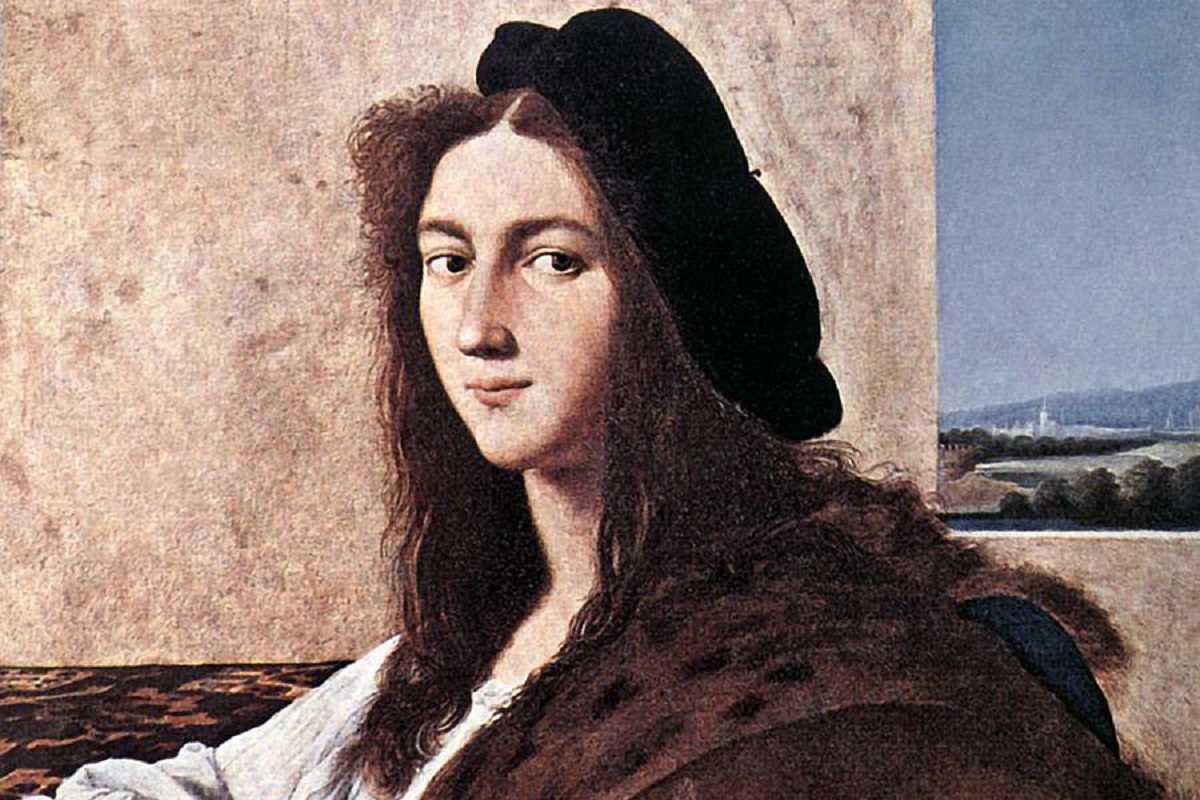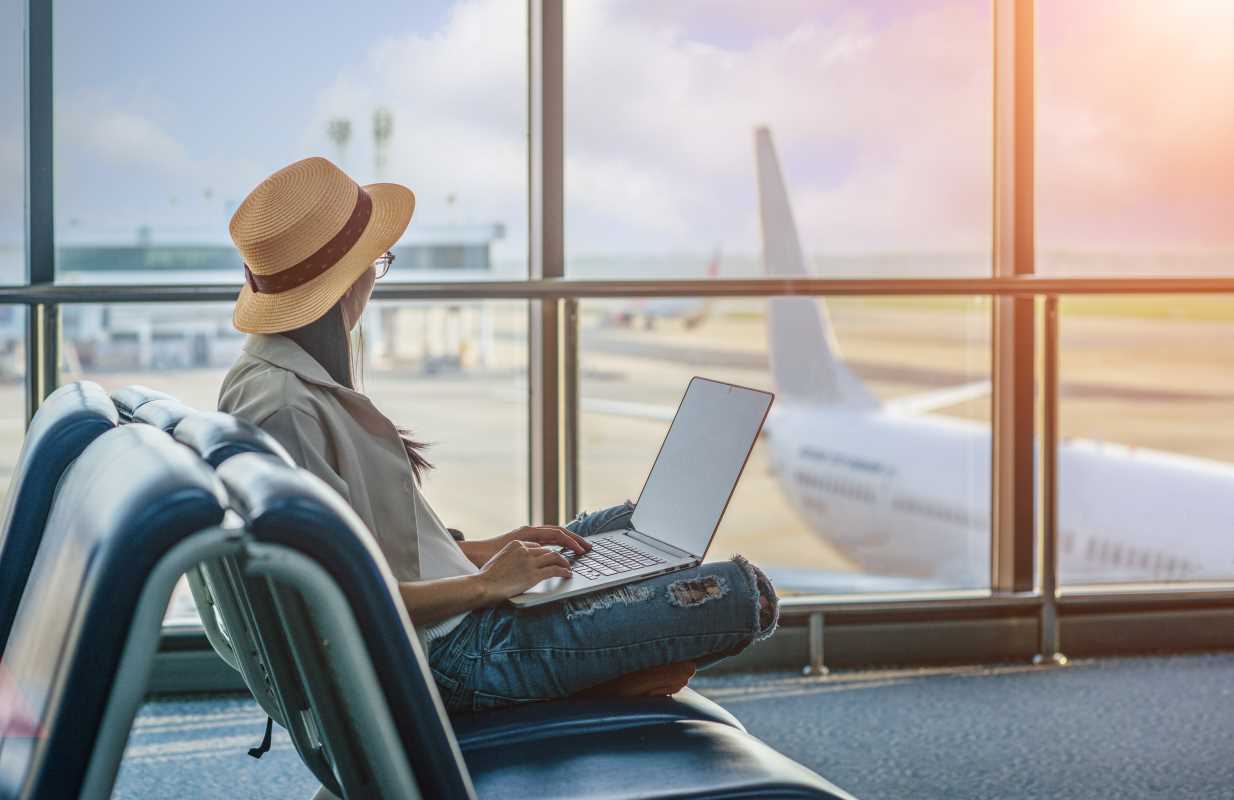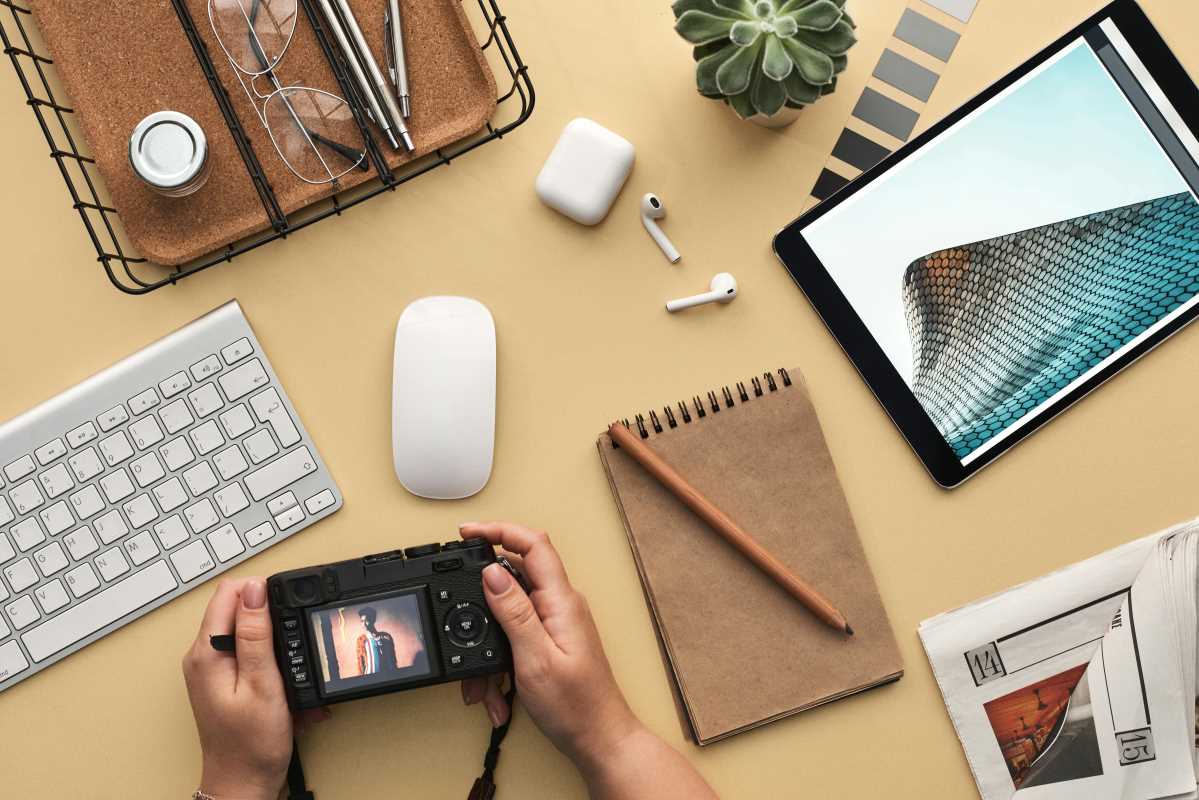Art has always evolved, mirroring society's growth and technological progress. From the delicate brushstrokes of Renaissance masterpieces to the abstract boldness of modern art, each era introduced revolutionary techniques. Today, digital art has emerged as a groundbreaking form of creative expression in a tech-infused world. This innovative medium fuses tradition with cutting-edge technology, blurring the boundaries between the physical and digital realms. Spanning creations like digital paintings, 3D models, and immersive virtual installations, digital art unleashes unprecedented potential for artists globally. This article explores the world of digital art—its versatility, accessibility, societal impact, challenges, and its vibrant future at the intersection of creativity and technology.
The Versatility of Digital Art
At its core, digital art is a remarkably versatile medium, offering endless opportunities for artists to experiment and innovate. Its flexibility, enhanced by evolving technological tools, has redefined how we approach and perceive art.
Expanding Creative Horizons
Digital art encompasses a wide array of mediums that cater to diverse artistic visions:
- Digital Paintings and Illustrations: Using software like Procreate or Photoshop, artists craft intricate visuals precisely and easily, mimicking techniques from watercolor to oil painting.
- Animation and Motion Graphics: Programs like Blender and After Effects allow creators to bring static art to life, merging movement with emotion.
- Immersive Multimedia Installations: Digital art transcends screens, integrating into physical spaces to create captivating, interactive gallery experiences.
Breaking Traditional Boundaries
The power of digital art lies in its ability to merge traditional and innovative techniques seamlessly:
- Example: Augmented Reality (AR) tools invite users to engage with art in real time. Imagine holding your phone up to a painting and watching it come alive, with layers of motion and sound enhancing the story.
Digital art’s adaptability continues to captivate both creators and audiences, replacing limitations with boundless possibilities.
Accessibility and Democratization of Art
One of the most profound aspects of digital art is its accessibility. With affordable tools and global platforms, technology has leveled the playing field, empowering artists from around the world.
Simplifying Artistic Creation
Gone are the days of costly supplies and exclusive studios. Digital art allows artists to create masterpieces with only a tablet, computer, or even a smartphone:
- Software provides virtual brushes, palettes, and effects, speeding up workflows without compromising quality.
Expanding Global Reach
The internet has broken down barriers, allowing creators to share their work on platforms like Instagram, Behance, and ArtStation. Aspiring artists can find tutorials, attend virtual masterclasses, and tap into a community of support.
Case Study: Consider an independent artist from a remote village who uploads digital paintings onto social media. Within months, they gain international acclaim, collaborate with brands, and sell their art globally—all without stepping outside their hometown. Digital tools are unlocking dreams once thought unattainable.
Innovation and Constant Evolution
Digital art thrives in the constantly shifting landscape of modern technology. With every technological leap, the medium reinvents itself and challenges traditional notions of creativity.
New Tools, New Horizons
Advancements in software and hardware offer artists fresh ways to explore their craft:
- AI-Powered Creativity: Tools like MidJourney generate stunning art from simple prompts, inspiring creators to merge human intuition with machine ingenuity.
- Virtual Reality (VR): Platforms like Tilt Brush allow creators to paint in immersive 3D spaces, completely altering the act of creation.
Artists also experiment with boundary-pushing techniques, such as 3D printing, holography, and generative algorithms, to produce never-before-seen works of art.
Staying Relevant in a Rapid World
Unlike static traditional forms, digital art evolves in real time, ensuring its relevance in contemporary culture. It has firmly established itself as both a reflection and driver of technological and cultural shifts.
Building Communities and Fostering Collaboration
The digital art movement has cultivated a collaborative global community where artists support and learn from one another, fostering growth beyond individual creativity.
Online Platforms for Connection
Artists gather on platforms like DeviantArt, Dribbble, and Pinterest to share ideas and showcase projects. Crowdsourced initiatives allow creators to work together across continents.
Mentorship for Growth
Many seasoned digital artists mentor emerging talent through webinars, Discord communities, and virtual workshops. This nurturing environment focuses on skill-building and building relationships.
Art no longer exists in isolation. Instead, these online spaces resemble bustling creative hubs where collaboration, feedback, and camaraderie spark innovation.
Societal and Cultural Impact
Digital art’s influence extends beyond personal expression, addressing critical societal narratives and unveiling new cultural dimensions.
Raising Awareness
Digital artists often use their medium to engage with pressing issues like climate change and social justice. Digital campaigns reach expansive audiences and inspire action.
Preserving Cultural Heritage
By digitizing traditional crafts or integrating them with modern technologies, digital art preserves endangered cultural practices for future generations.
- Example: An AR installation that revitalizes traditional folk music or weaving patterns in an interactive format ensures these practices remain relevant in a modern context.
Overcoming Challenges
Despite its advantages, digital art is not without challenges.
Criticism of Authenticity
Skeptics sometimes dismiss digital art as lacking the “authenticity” of hands-on mediums. While this perception persists, many argue that creativity transcends the medium.
Technical Learning Curves
Advanced tools can intimidate newcomers. However, free resources and beginner-friendly platforms are addressing these obstacles.
Environmental Concerns
The energy consumption of blockchain technologies, especially in NFT sales, has raised alarms. Striking a balance between innovation and sustainability will be key in the future.
Looking Ahead: The Future of Digital Art
The future of digital art promises to be as dynamic and exciting as its present. Advancements that further democratize creativity and expand interactivity will benefit artists and audiences alike.
Immersive Interactions
The rise of AR and VR will continue to bridge physical and virtual worlds, allowing audiences to engage with art in new ways. For example, AR could embed interactive murals across cities, accessible to anyone with a smartphone.
Expanding Opportunities Through Blockchain
NFTs are reshaping ownership in art by emphasizing transparency and royalties for artists. While met with mixed reviews, this decentralized approach has opened vital discussions about the future of creative industries.
Increased Collaboration
Enhanced by AI and global networks, collaborative spaces will redefine who creates art and how it’s consumed. Imagine AI assisting an artist in a live performance, dynamically altering visuals based on audience reactions.
Creativity Without Limit
Digital art is more than just a medium; it’s a revolution. By harnessing technology tools, artists are reimagining the boundaries of what’s possible, shaping a future where creativity knows no limits. Whether you’re an artist exploring new techniques or a fan marveling at this innovative world, digital art invites us all to dream bigger. With every pixel, the story of art continues to evolve, proving that creativity combined with technology is the ultimate force for transformation.
 (Image via
(Image via





